Thiruvananthapuram – Beyond The Beaches
Thiruvananthapuram is much more than just sand and surf. From local cuisine to rich cultural experiences – Kerala’s capital city is the ultimate destination for those seeking a well-rounded adventure.
With its lush verdure, shorelines in perpetuity, backwaters and wildlife, Kerala, or as we like to call it, ‘God’s Own Country’, is a visual feast for the senses. But there’s so much more to this southernmost state of India. Not only is Kerala home to some of the most fascinating temples and palaces but also museums in the world. As I soared through the skies with Indigo Airlines, en route to Thiruvananthapuram (Trivandrum), I stumbled upon a delightful discovery. The state’s capital city is a hidden gem, a place where culture, history, and natural beauty collide in a way that deserves more recognition.
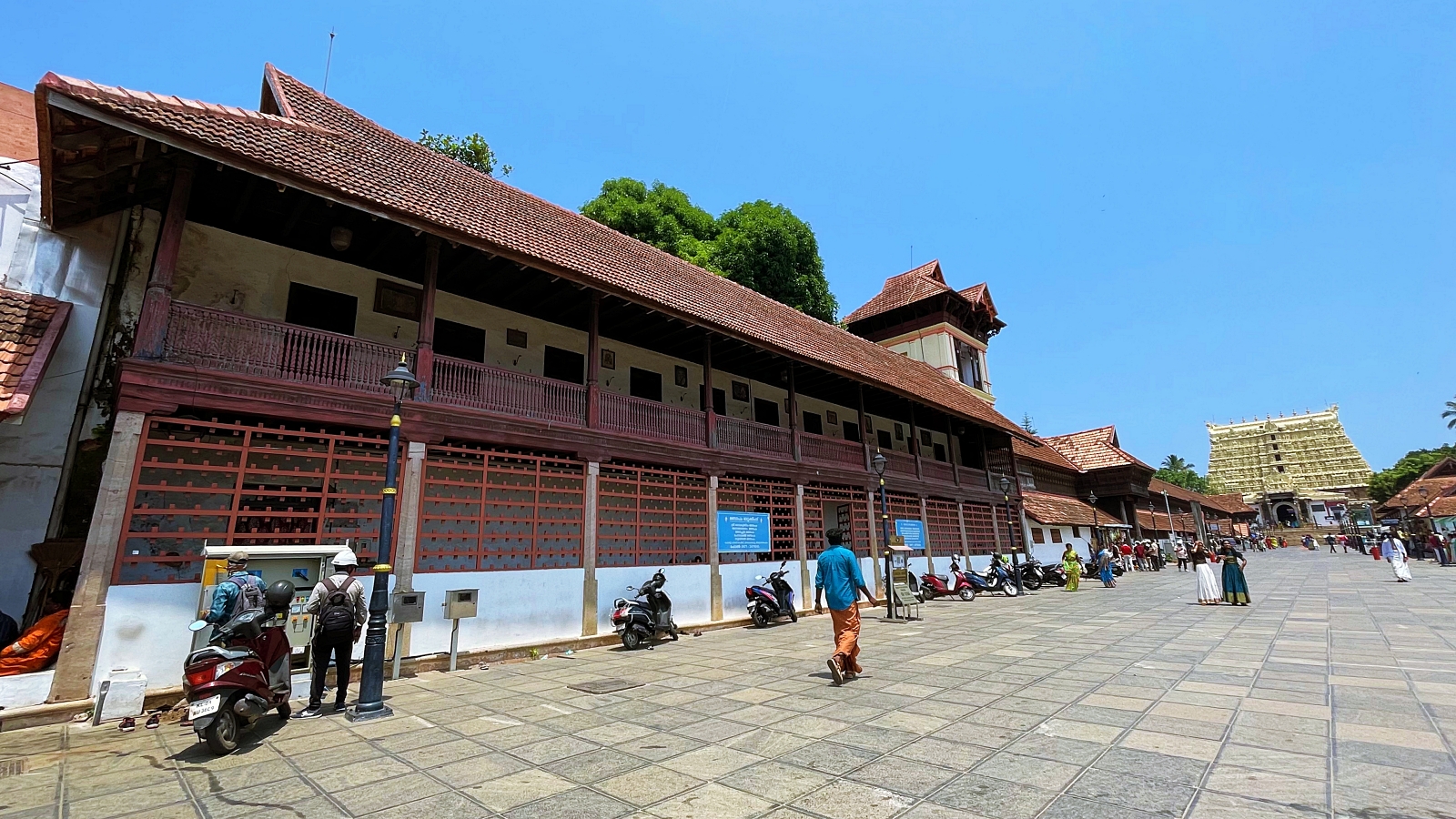
Not only was I blessed with the privilege of witnessing some of the most awe-inspiring sunsets, but I also had the opportunity to explore some of the city’s architectural wonders that left me in a state of utter amazement. And staying at the newest luxury hotel in Thiruvananthapuram, the Hyatt Regency Trivandrum, was the cherry on top of an already delicious cake. Their concierge was a godsend, guiding me towards some of the city’s hidden gems that are often overlooked by the world-class resorts in the Kovalam. Without further ado, here are some of the landmarks that I highly recommend to everyone visiting the city.
Table of Contents
Sree Padmanabhaswamy Temple
When it comes to enchanting destinations in India, the Padmanabhaswamy temple in Thiruvananthapuram reigns supreme. Every step you take inside leads you deeper into a world of enigma and intrigue. Padmanabhaswamy Temple is the reason why the city is called ‘The city of Lord Ananta’, a form of Lord Vishnu. This temple boasts a mysterious chamber filled with treasures that are off-limits to mere mortals, adding to its already enigmatic allure.
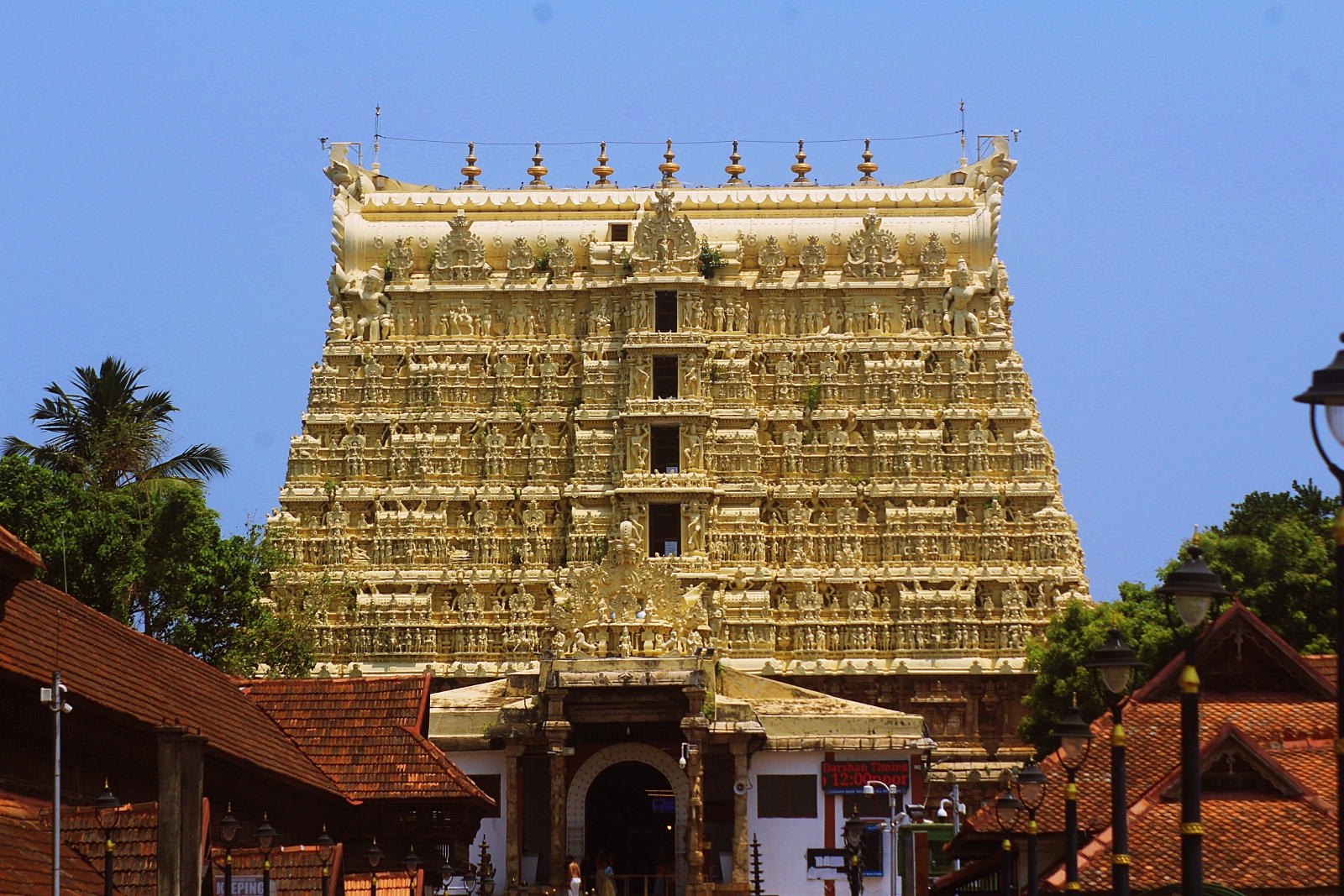
The architecture is a breathtaking fusion of Chera and Dravidian styles, making it a true gem in Kerala’s temple scene. And even when the temple is teeming with visitors, finding inner peace is a breeze. Just remember to dress appropriately as the temple gods are watching.
Kuthiramalika Palace
Nestled right next to the Sree Padmanabhaswamy Temple is a stunning two-story Kuthiramalika, also known as the Puthenmalika Palace Museum. This palace of horses, named for the 122 wooden horses carved into its ceilings, was built by the Maharaja of the Kingdom of Travancore in British India, Swathi Thirunal Balarama Varma, way back in the 1840s. This palace is a prime example of the Kerala School of Architecture and is made from top-notch materials like teakwood, rosewood, marble, and granite.
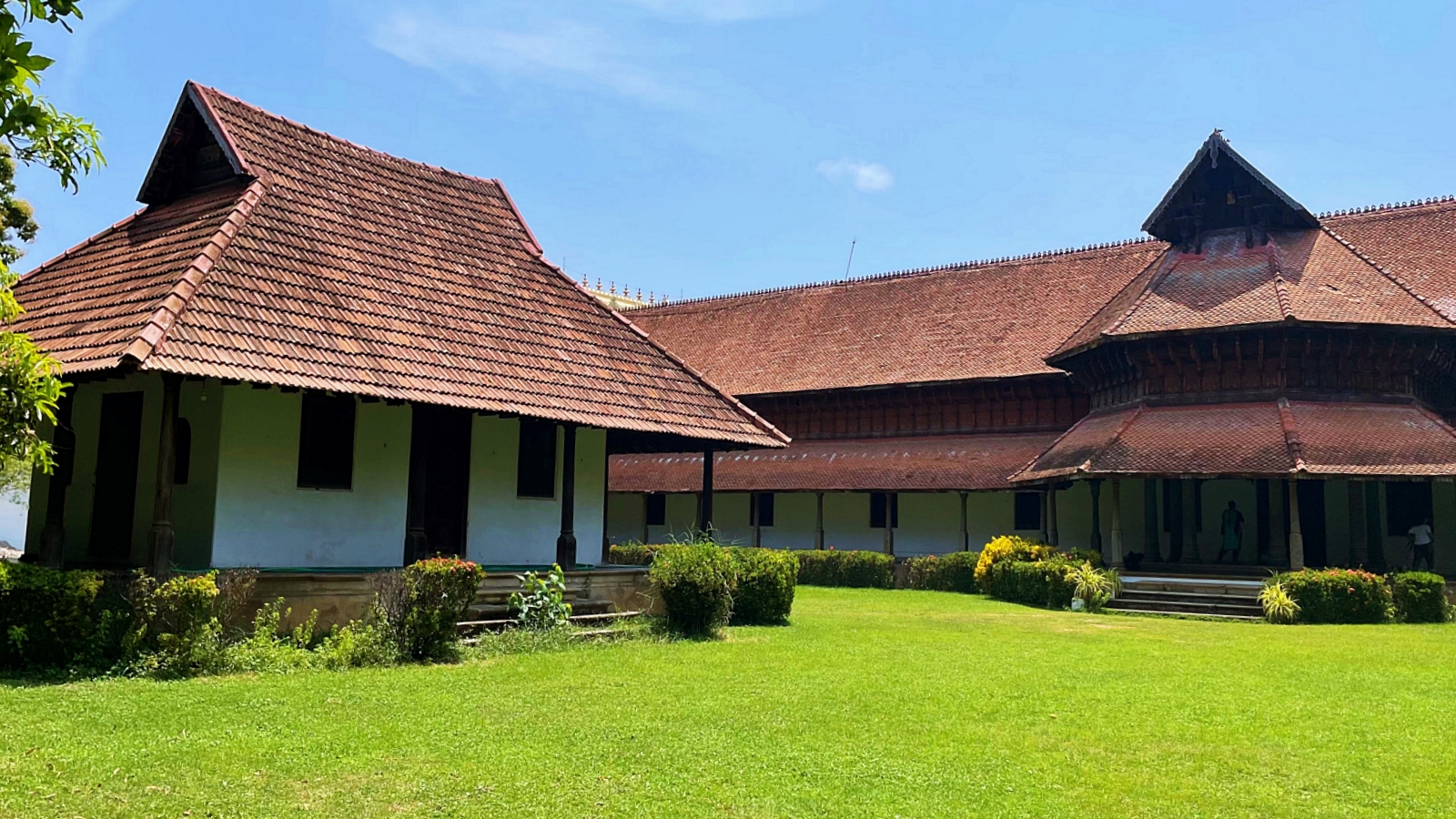
Inside, you’ll find a treasure trove of white marble idols and sculptures, Kathakali figures, Belgian mirrors, and paintings. It’s like stepping into a time machine and being transported to another era right in the heart of the State capital. Who knows, you might even feel like royalty yourself as you wander through its halls.
Palm Leaf Manuscript Museum
Museums aren’t every tourist’s cup of tea, but for those who appreciate them, they offer a magical portal into the past. One such institution is the world’s first palm leaf museum which gives a glimpse into the historical and cultural knowledge of Kerala. The Palm Leaf Manuscript Museum in Trivandrum boasts eight theme-based galleries, each representing a unique segment of Travancore’s rich history ranging from the “History of Writing,” “Administration,” “Land and People,” “War and Peace,” “Economy,” “Education and Health,” “Art and Culture,” to “Mathilakam Records.”
It is a collection of fascinating administrative, socio-cultural, and economic nuggets spanning over 650 years and is home to 187 manuscripts, transiting six centuries from 1249 CE to 1896. These manuscripts are written in ancient Tamil and Malayalam scripts like Kolezhuthu, Vattezhuthu, Malayanma. And how did they come to be in this museum, you might wonder? For the first phase, the team meticulously combed through a massive collection of 1.5 crore palm-leaf records from all over Kerala, carefully selecting only the most valuable archival material.
Napier Museum
Another interesting cultural gem I explored in the city was the Napier Museum. This visually stunning museum in Thiruvananthapuram boasts architecture that will take your breath away. Named after John Napier, former Governor General of Madras, the museum is a true Indo-Saracenic masterpiece. The building is a sight to behold, and the natural air-conditioning system is a marvel of engineering. Inside, you’ll find rare archaeological and historic artefacts, bronze idols, a temple chariot, and ancient ornaments. And that’s not all! the Sree Chitra Art Gallery is also housed within the museum’s walls.
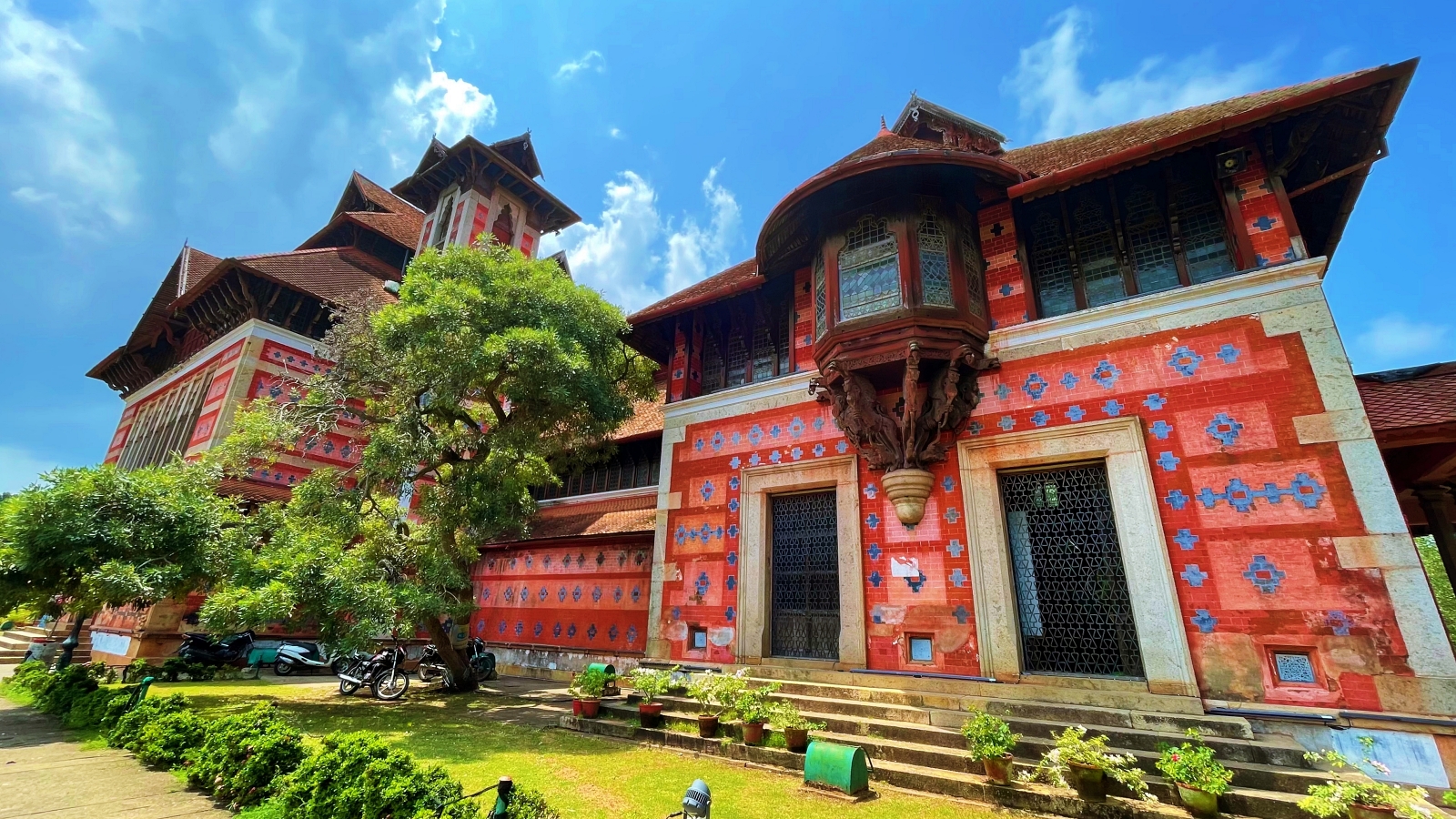
Completed in 1880, this architectural wonder is a must-see for anyone visiting the area. One of the most fascinating exhibits is the Japanese shadow-play leather, which depicts the epic tales of the Mahabharata and Ramayana. Don’t miss out on the chance to explore this incredible piece of history and immerse yourself in the rich culture of Kerala.
Kanakakkunnu Palace
Nestled 800 meters northeast of the Napier Museum in the heart of Trivandrum city, lies the Kanakakunnu Palace – a true gem of colonial architecture. This palace was erected during the reign of Travancore king Sree Moolam Thirunal (1885−1924) with the assistance of Viswabrahmin and was the go-to spot for royal banquets. Rumour has it that Sree Moolam Thirunal himself had a hand in its construction. This palace was also used by the Travancore royal family to entertain guests and serve up non-vegetarian delicacies – a bold move for a family of vegetarians. Later on, Chithira Thirunal decided to spruce up the place and even added some tennis courts for a little friendly competition.
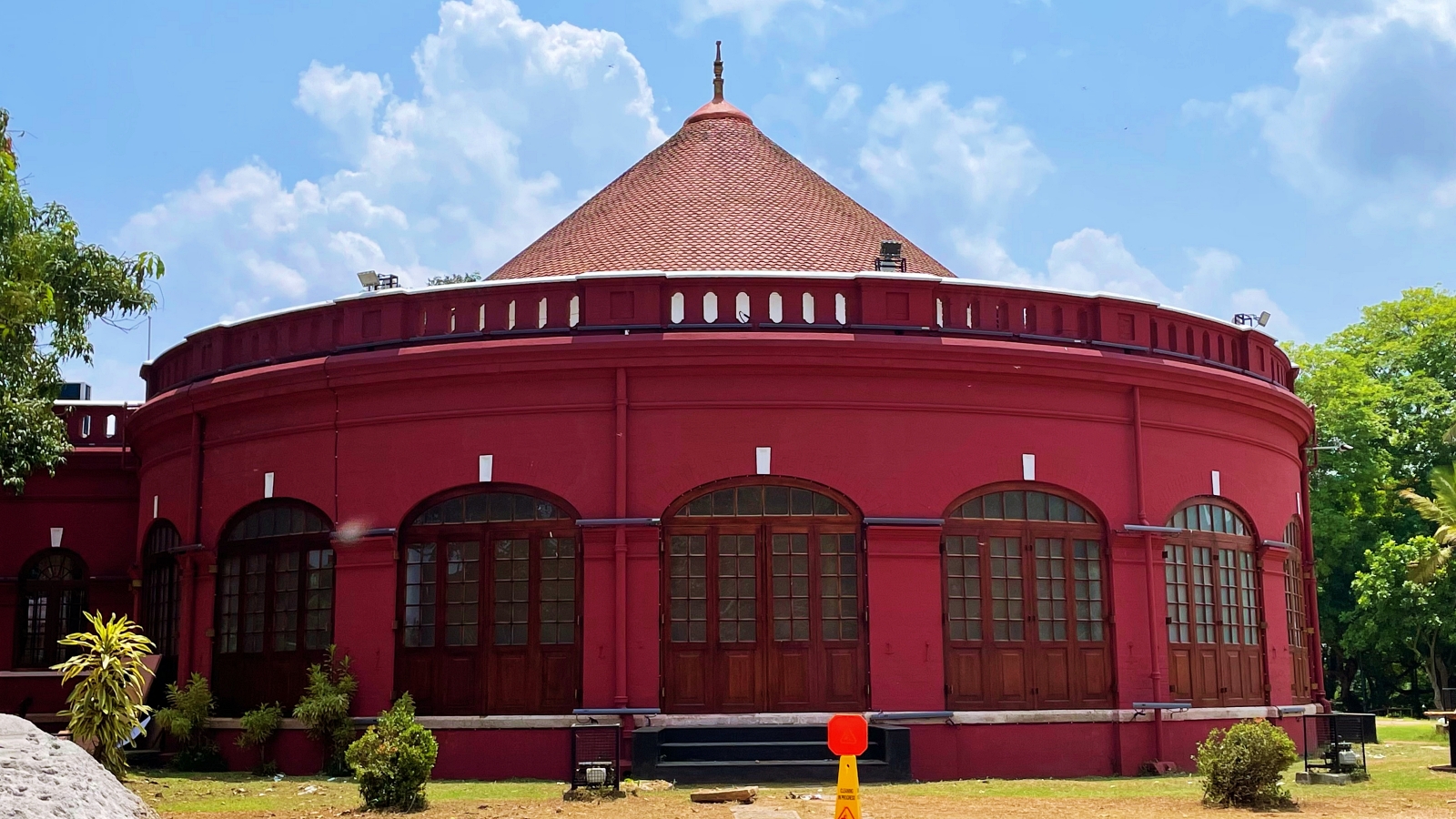
The palace itself boasts a stunning Kerala-style facade, perfect for impressing guests. And impress they did, with massive crystal chandeliers and exquisite pieces of royal furniture. But it’s not just the inside that’s impressive – the palace sits atop a small hill surrounded by lush meadows, groves, and flowering shrubs. So if you’re ever in the area, be sure to stop by and take a peek at this royal gem.
Vettucaud Church
Out of all the churches I’ve had the pleasure of visiting in Kerala, Vettucaud Church reigns supreme as my absolute favourite. This holy haven, also known as the “Madre-de-Deus Church,” boasts a rich history spanning over five centuries. Legend has it that the esteemed Saint Francis Xavier, a Portuguese Missionary and Second Apostle of India, graced Vettukad with his presence between 1543 and 1547 to spread the good word to the faithful of the area. It’s no wonder this church has stood the test of time and continues to be a beloved landmark for locals and visitors alike.
If you’re ever in Thiruvananthapuram, don’t even think about leaving without indulging in the city’s most famous dishes – the crispy ‘rocket’ dosa, fiery Kethel chicken, meat roast and flaky parotta and Pazhavangadi’s Maha Boli. Your taste buds (and Instagram feed) will thank you. And for those who like to dine in style, Oriental Kitchen at the Hyatt Regency Trivandrum and O Cafe in O by Tamara are the hot spots for the city’s well-heeled diners.



